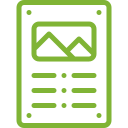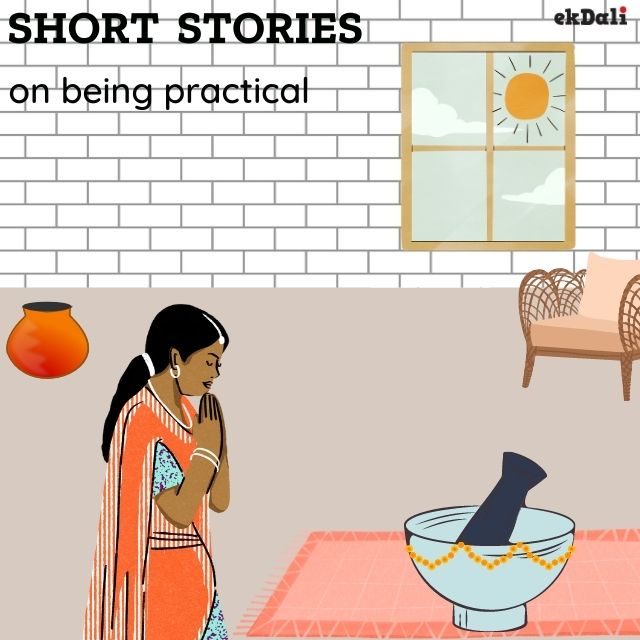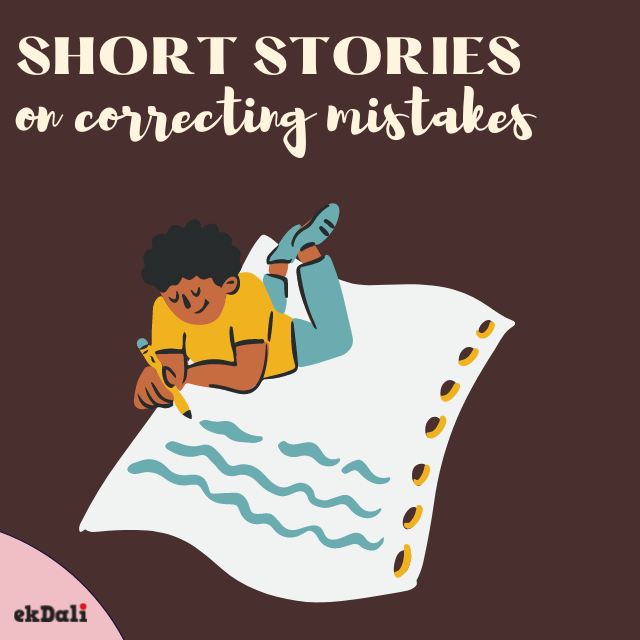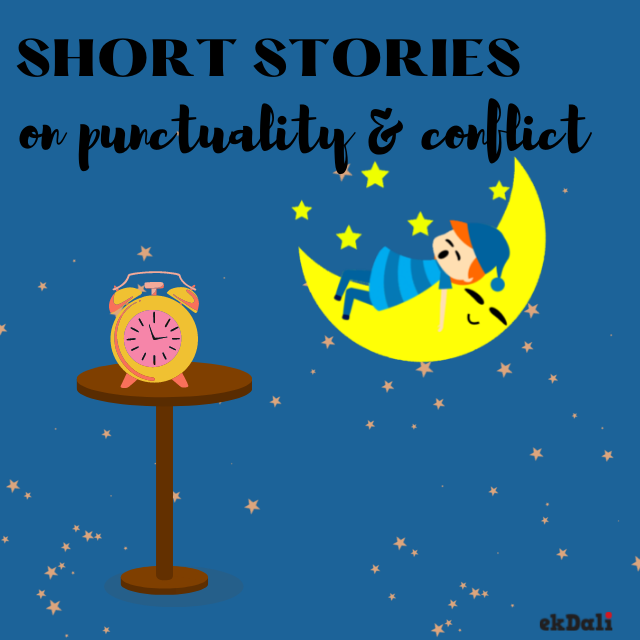Have you ever wished for reading material to help you understand concepts better? Have you ever requested a recap of your classes during final revisions? The answer might be right there, in your notes!
It is unquestionably a talent to take notes in a class. Before the teacher moves on to the next subject, students must be able to understand and write down important points. With practise and sound methods, note-taking may be improved, just like any other ability.
Why It's Important To Take Notes
You will be forced to maintain concentration if you decide that you will take notes in class. Your mind is less likely to stray while you are deeply engaged in taking notes since you will be focused on the lesson being delivered. What transpires when you pay attention? Your intellect and memory both advance as you take better notes.
Best Note-Taking Methods
Cornell Approach
This system, which was developed at Cornell University in the 1950s, is a useful one for keeping your notes organised, especially if you use them frequently for revision.
1. Keep track: Write down important details from your classes in the notes area. Make sure the phrases are brief—no more than 5 or 6 words—and crisp.
2. Based on the points you've noted, fill up the prompts section with potential questions. This should ideally be completed immediately following a lesson, if not the same day. You'll notice that by creating questions, you're able to improve your memory and conceptual clarity.
3. Repeat: Place a piece of paper over the notes section. Now refer to the cue section's questions and make an effort to remember what you have learned from the notes. You don’t have to recite it verbatim.
4. Consider: Now take a seat and consider these issues:
- What relevance do these facts have?
- How do I put them to use?
- What fundamental idea do they adhere to?
- How do they fit into the situation I'm already familiar with?
- What is past them?
By doing this quick exercise, you would reinforce what you have already learned and reduce the likelihood that you would forget the subject.
5. Review: Reviewing your teachings will help you remember them. Schedule a time each week to go over your notes. This not only aids in reviewing, but it also improves your comprehension of upcoming ideas.
Outline Method
The Outline method is a simple and easy way to take notes that most of us naturally follow.
With this method, you begin by outlining the main ideas that will be covered in class. As soon as class starts, you begin adding significant information beneath these major topics. Keep in mind to allow enough room beneath each header or main point for sub-points.
Even if this strategy arranges your notes into a logical and organised flow of information, it could be difficult to evaluate later. Although the Outline technique may not produce the ideal revision notes, it might help you retain information throughout tests.
Mapping
For those who learn best visually, note-taking through mapping is excellent. This strategy works particularly well for subjects where abstract notions are present because it enables you to keep track of your classes visually. This approach is particularly helpful when several issues are related.
With this approach, a sheet's main topic or heading is placed in the centre with branching connecting topics, ideas, and concepts printed in various colours. You can assign a colour to each branch — for example formulae can be red whereas dates and events can be yellow. Since mapping arranges information into a logical map, it can maximise your engagement in class.
Bullet Journaling
The artist in you will adore this approach to taking notes. It's beautiful, colourful, and a joy for those who learn best visually. This method is for you if you enjoy writing notes that are colourful and artistic.
The fact that this procedure takes a lot of time is a major disadvantage. Often, one scarcely has time to pause during class to draw. There are no definite dos and don'ts for this strategy, so you can experiment and make it work for you. Combining bullet journaling with another note-taking technique, such as the mapping or outline method, is one way to increase its effectiveness.
Whatever strategy you decide on, keep in mind that it takes time and effort to get better. You don't need to be an expert note-taker in order to boost your learning. Finding a method that enables you to take trustworthy notes that you can actually consult during tests is the key lesson.
As the name implies, writing notes in a bullet notebook mostly entails using bullet points. However, the method is not restricted to that. A blank sheet of paper can be transformed into a vibrant depiction of your knowledge and mental process. You can scribble pertinent diagrams and color-code and organise your notes using highlighters and highlighters.
-
 Posters, Flash Cards and Books are Great Conversation Starters
Posters, Flash Cards and Books are Great Conversation Starters -
 Our Posters and Flash Cards have reached over 300,000 kids
Our Posters and Flash Cards have reached over 300,000 kids -
 Same day shipping for orders before 1 PM. Next day shipping for orders post 1 PM
Same day shipping for orders before 1 PM. Next day shipping for orders post 1 PM -
 Write to us purchase@ekdali.com
Write to us purchase@ekdali.com




















